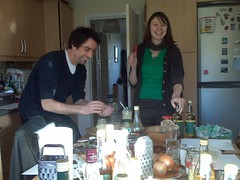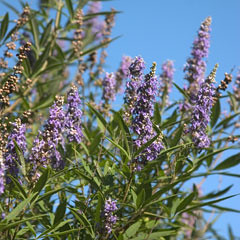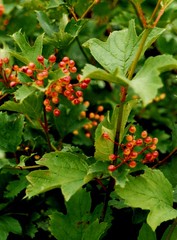Yesterday I had the pleasure of attending a workshop on herbal vinegars run by Sarah Head at her home in Solihull. It was a practical session (lots of tasting... chopping... mixing...) and with much knowledge shared and enjoyed by all. I've dabbled with making tinctures, but what I learned is that vinegar can also be used to extract the goodness from herbs, and in some cases slightly different properties than alcohol. Apple cider vinegar is usually used as it is reputed to have medicinal properties even just on its own. (I tried it at one point with honey and water for hayfever, and found it refreshing and clarifying).
 We tasted and learned about various different vinegars and honeys that Sarah had already made up, such as:
We tasted and learned about various different vinegars and honeys that Sarah had already made up, such as:- Bramble root vinegar which is good for upset stomach/ diarrhoea because of it's astringing quality
- Rose petal vinegar for burns
- Sage vinegar for fevers and infections because of it's cooling/ drying properties. And mixed with elderberry honey and ginger to stop coughing
- Motherwort vinegar for period pain
- Nettle leaf vinegar for osteporosis
- Fire Cider vinegar (which I was convinced was called Fireside Vinegar until I read the notes afterwards - but actually I rather like mistaken name! :-) for viral infections
- And lots more...
Then we got down to making our own Fire Cider vinegar. But first, Sarah strained off some she'd already made and we got to taste it. We were all expecting a bit of a blast, but it was actually very tasty - and mixed with some horseradish honey and hot water, quite delicious! Who'd had thought! :-) The ingredients are: horseradish, ginger, garlic, onion, rosehip, cloves, paprika, turmeric, cayenne and of course apple cider vinegar. We tried it later on with some olive oil and bread, and it makes a tasty dip.
 I just love this kind of kitchen table wisdom, so freely shared, and so happily received! After a shared lunch, we all ended up in the front room trying out different musical instruments. A big thank you to Sarah! :-) For now my Fire Cider vinegar has a home in the airing cupboard where it will keep nice and warm, and I look forward to trying it in about 6 weeks.
I just love this kind of kitchen table wisdom, so freely shared, and so happily received! After a shared lunch, we all ended up in the front room trying out different musical instruments. A big thank you to Sarah! :-) For now my Fire Cider vinegar has a home in the airing cupboard where it will keep nice and warm, and I look forward to trying it in about 6 weeks.For more information about Sarah's workshops, take a look at the Springfield Sanctuary website or her blog, Tales of a Kitchen Herbwife.
Share on Facebook











 Chaste tre
Chaste tre Motherwort
Motherwort


















